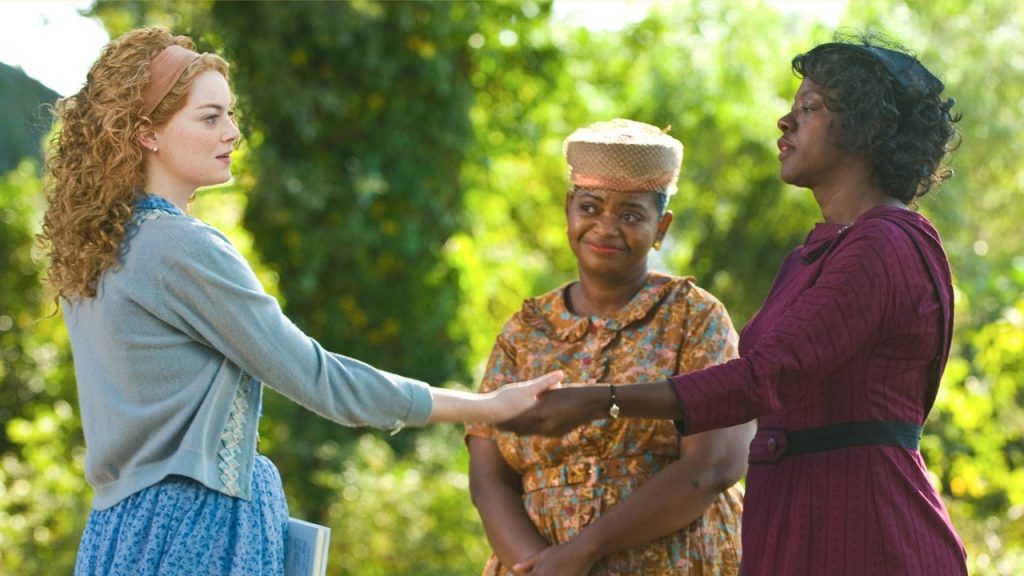Robin Hood: Prince of Thieves (1991): A Flawed Yet Captivating Retelling of a Classic Tale – Film Review

The 1991 film “Robin Hood: Prince of Thieves,” directed by Kevin Reynolds, stands as a unique interpretation of the legendary English folk hero. While the film is often remembered for Kevin Costner’s infamously inconsistent English accent, it managed to captivate audiences with its thrilling action sequences, compelling storytelling, and a memorable musical score. This review delves into the film’s narrative strengths, production intricacies, and the peculiarities that have cemented its status as a memorable, if somewhat flawed, piece of early ’90s cinema.
Narrative and Characterization: A Darker Shade of Sherwood
“Robin Hood: Prince of Thieves” presents a darker, more grounded version of the Robin Hood legend. The film follows Robin of Locksley (Kevin Costner), who returns to England after being imprisoned in Jerusalem, only to find his father murdered and the corrupt Sheriff of Nottingham (Alan Rickman) terrorizing the local populace. Robin vows to avenge his father and restore justice, leading him to gather a band of outlaws in Sherwood Forest.
The narrative is robust, intertwining romance, adventure, and political intrigue. While the plot stays true to many traditional elements of the Robin Hood story, it also introduces new characters and subplots, such as Morgan Freeman’s portrayal of Azeem, an addition that brought a fresh dynamic to the story and addressed themes of racial and cultural tolerance.
Kevin Costner’s Performance and Accent Controversy
A significant talking point about “Robin Hood: Prince of Thieves” is Kevin Costner’s performance, particularly his inconsistent English accent, which ranges from faint to non-existent. Despite this, Costner’s charisma and star power manage to carry the character through, and interestingly, the accent issue did not significantly impact the film’s box office success. Costner’s portrayal of Robin Hood as a noble, brooding hero fit well with the film’s darker tone, and his on-screen presence was a draw for audiences, regardless of accent accuracy.
Production Insights: Creating a Medieval World
The production of “Robin Hood: Prince of Thieves” was a large-scale undertaking. Filmed in the UK and France, the movie benefited from authentic medieval settings, including historic castles and ancient forests, which added a tangible sense of realism and grandeur to the film.
A notable aspect of the production was the effort to create realistic medieval battle scenes and the use of practical effects for action sequences. The film’s commitment to physical stunts and practical effects, rather than relying heavily on early CGI, added to its visceral appeal.
Supporting Cast and Memorable Villainy
Alan Rickman’s portrayal of the Sheriff of Nottingham is a standout performance. Rickman’s scene-stealing, over-the-top villainy brought a sense of dark humor and complexity to the character, making him one of the most memorable aspects of the film.
The supporting cast, including Morgan Freeman, Mary Elizabeth Mastrantonio, and Christian Slater, added depth to the story. Freeman’s Azeem, in particular, was a critical addition, providing a moral compass to Robin’s journey and enriching the film’s exploration of themes like loyalty and honor.
Musical Score and Cinematic Impact
The musical score, composed by Michael Kamen, is one of the film’s most enduring legacies. The soundtrack, combined with Bryan Adams’ hit song “Everything I Do (I Do It for You),” which became a chart-topping single, played a significant role in the film’s cultural impact and lasting popularity.
Themes: Justice, Rebellion, and Romance
“Robin Hood: Prince
of Thieves” effectively weaves themes of justice, rebellion against tyranny, and the power of collective action. The film portrays Robin Hood as a symbol of resistance against oppression, a theme that resonates with the character’s historical and folkloric roots. The romance between Robin and Maid Marian (Mary Elizabeth Mastrantonio) adds a personal dimension to the narrative, providing emotional depth amidst the broader political and social themes.
Cultural Impact and Reception
Despite mixed critical reviews, particularly concerning historical accuracy and Costner’s performance, “Robin Hood: Prince of Thieves” was a commercial success. It tapped into the public’s enduring fascination with the Robin Hood legend and managed to offer a fresh take on the story, which resonated with the early ’90s audience.
The film also had a significant impact on the portrayal of medieval heroes in cinema, contributing to a resurgence of interest in historical and adventure films during the 1990s. It paved the way for similar movies that blended action, romance, and historical settings.
“Robin Hood: Prince of Thieves” stands as a noteworthy rendition of the Robin Hood story, memorable for both its strengths and its flaws. The film’s ability to captivate audiences despite its inconsistencies is a testament to its engaging storytelling, strong characterizations, and dynamic action sequences. It remains a significant, albeit controversial, entry in the canon of films about the legendary English hero, offering a blend of entertainment, adventure, and a touch of historical fantasy that continues to appeal to viewers decades after its release.




